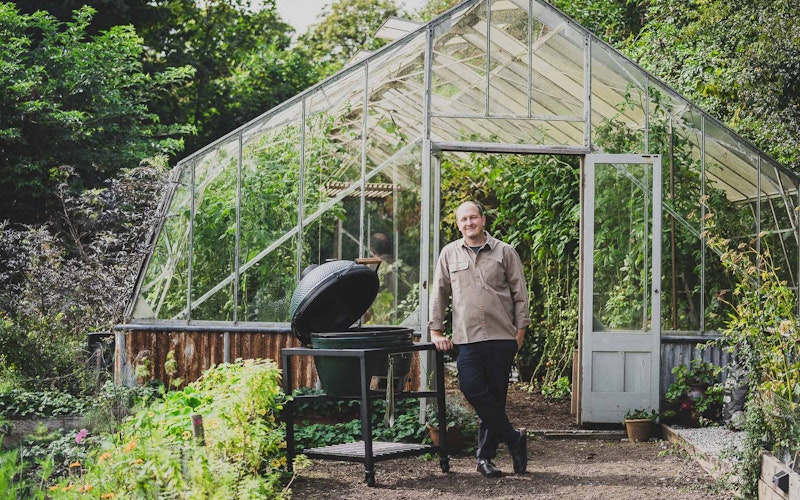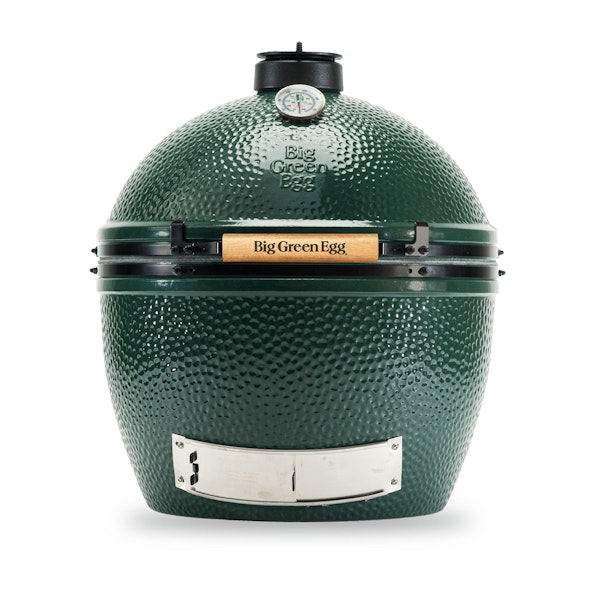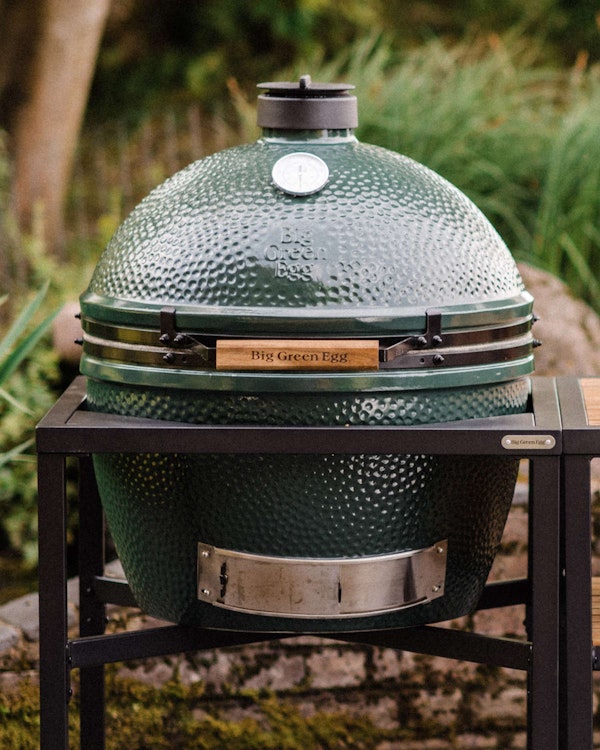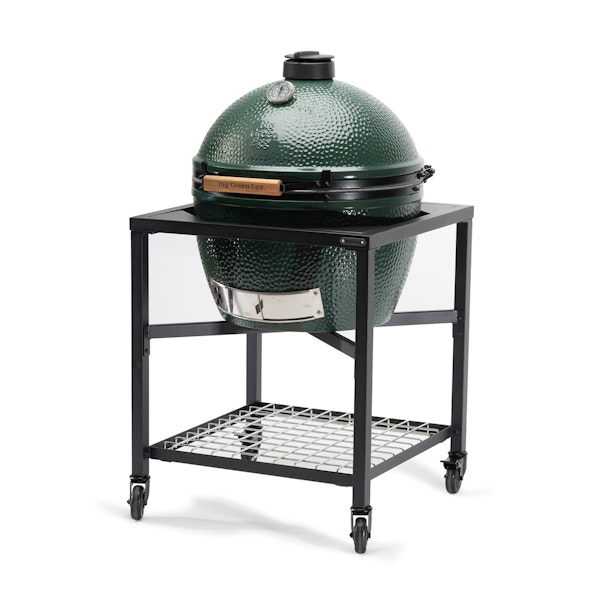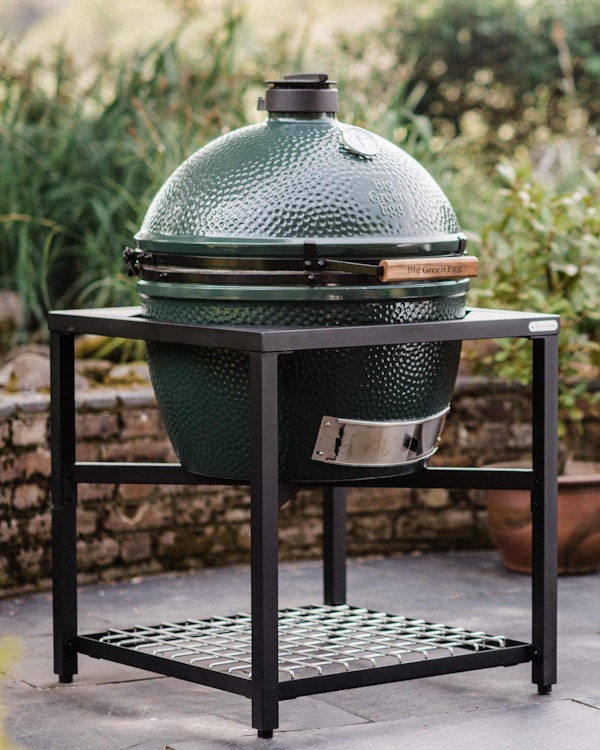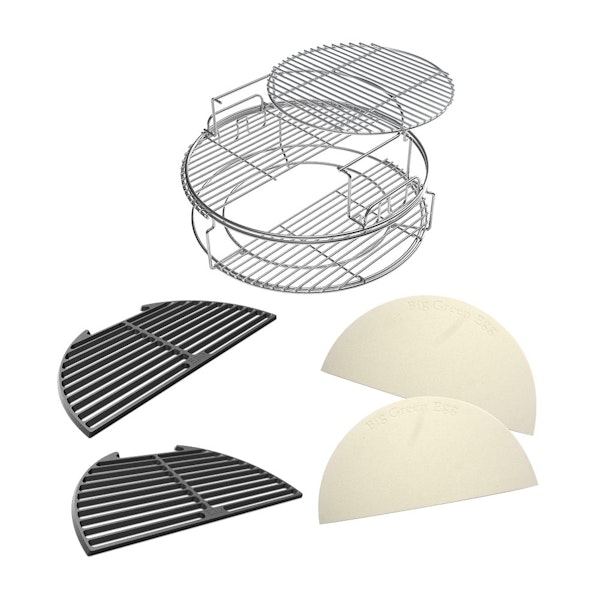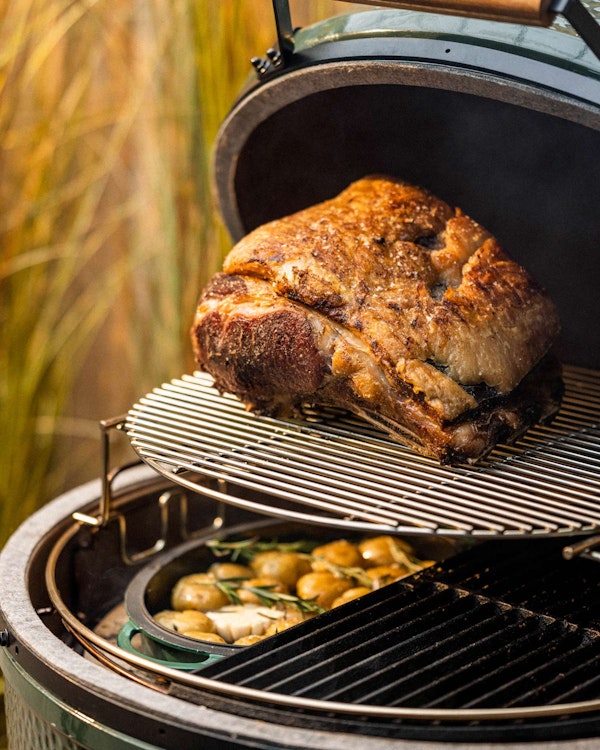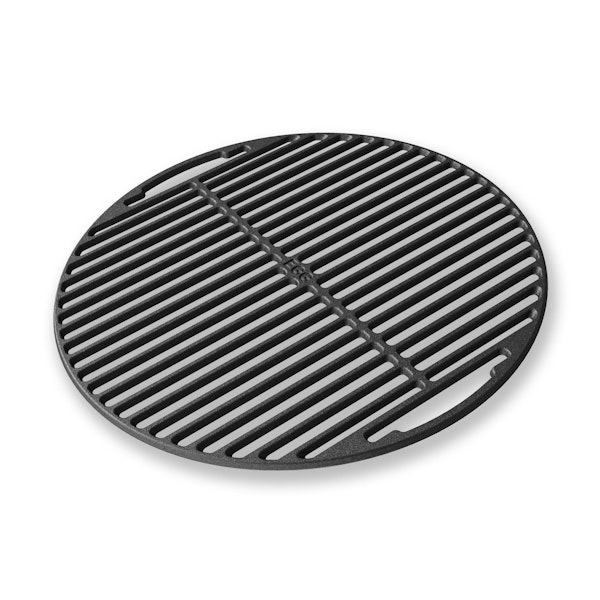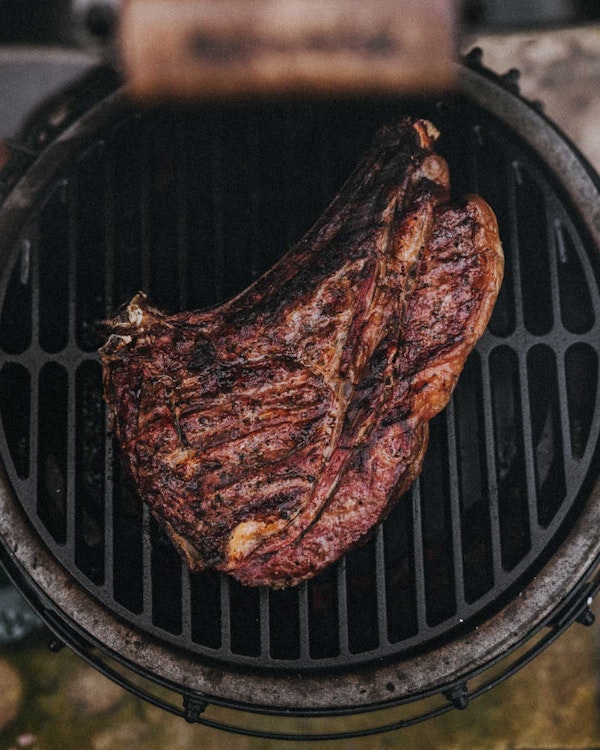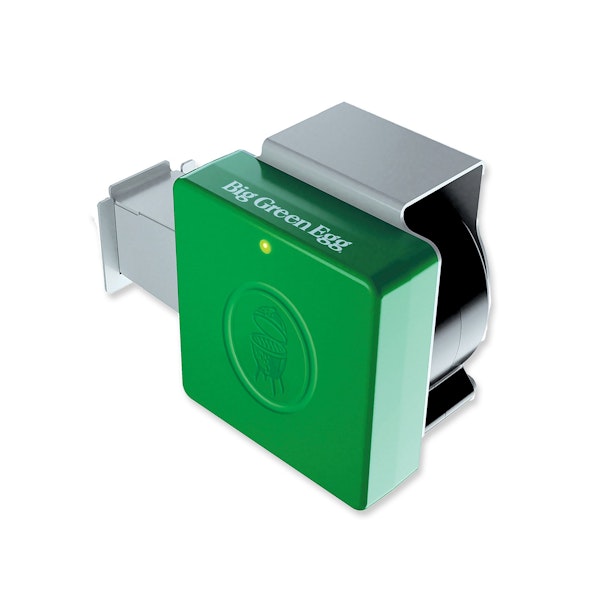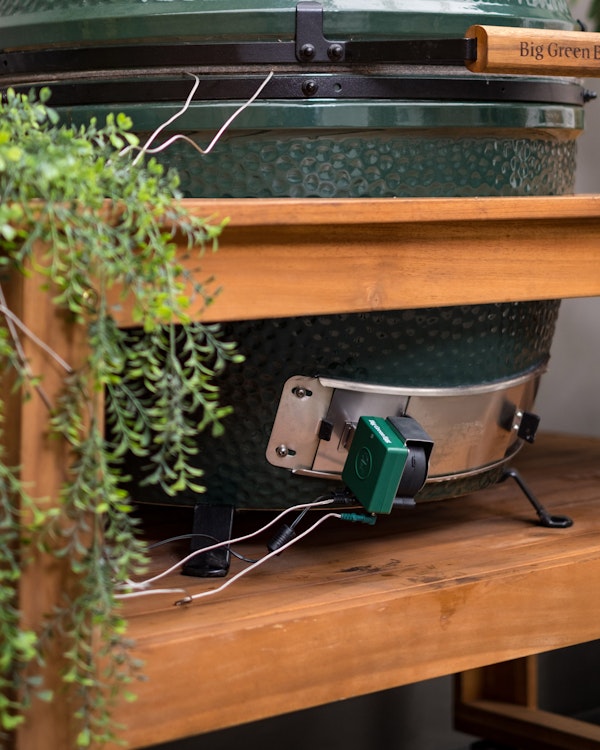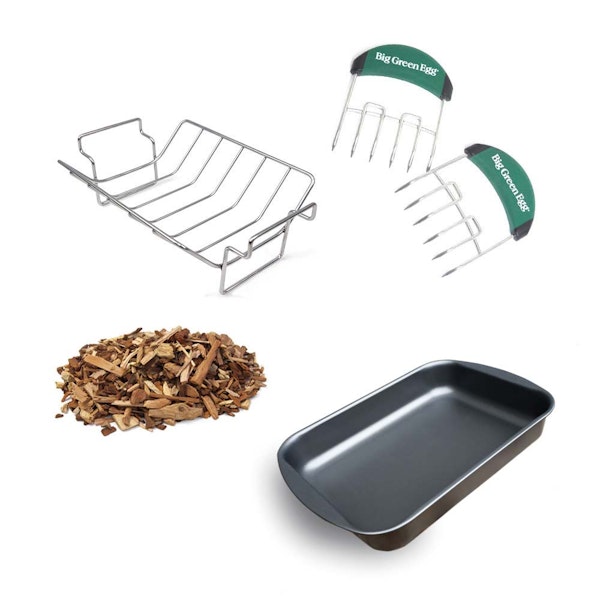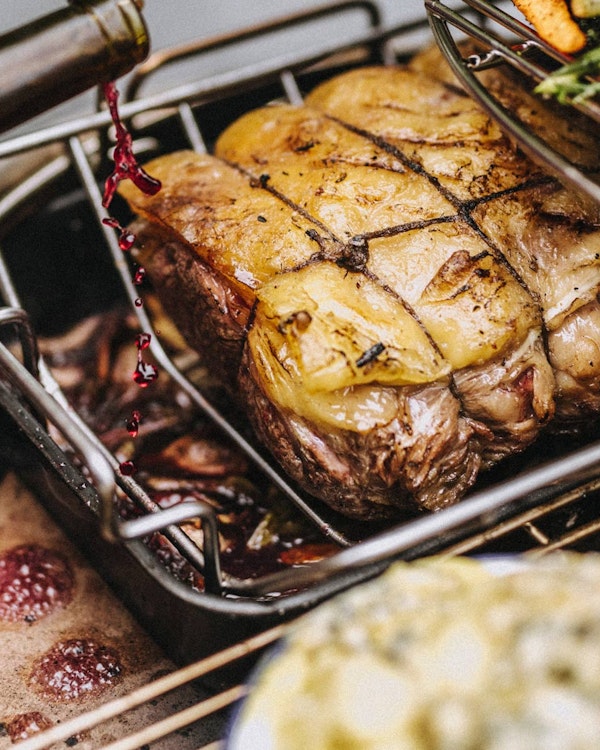So Jack, how did you start out on the road to becoming a chef?
I suppose I kind of fell into it. Hospitality is a big source of jobs in Cornwall. I started out washing dishes, and before long, I was plating desserts and getting more involved. That’s how I caught the chef bug. I went on to college to study business and ended up balancing my studies with working full-time in a restaurant. I’m very hands-on and can’t sit at a desk for too long without getting restless. I love trying new things, whether it’s something I’ve read or been shown, I like to dive right in and give it a go, learning from mistakes along the way. That’s what I love about the kitchen, you’re hands-on from the very start, learning as you go.
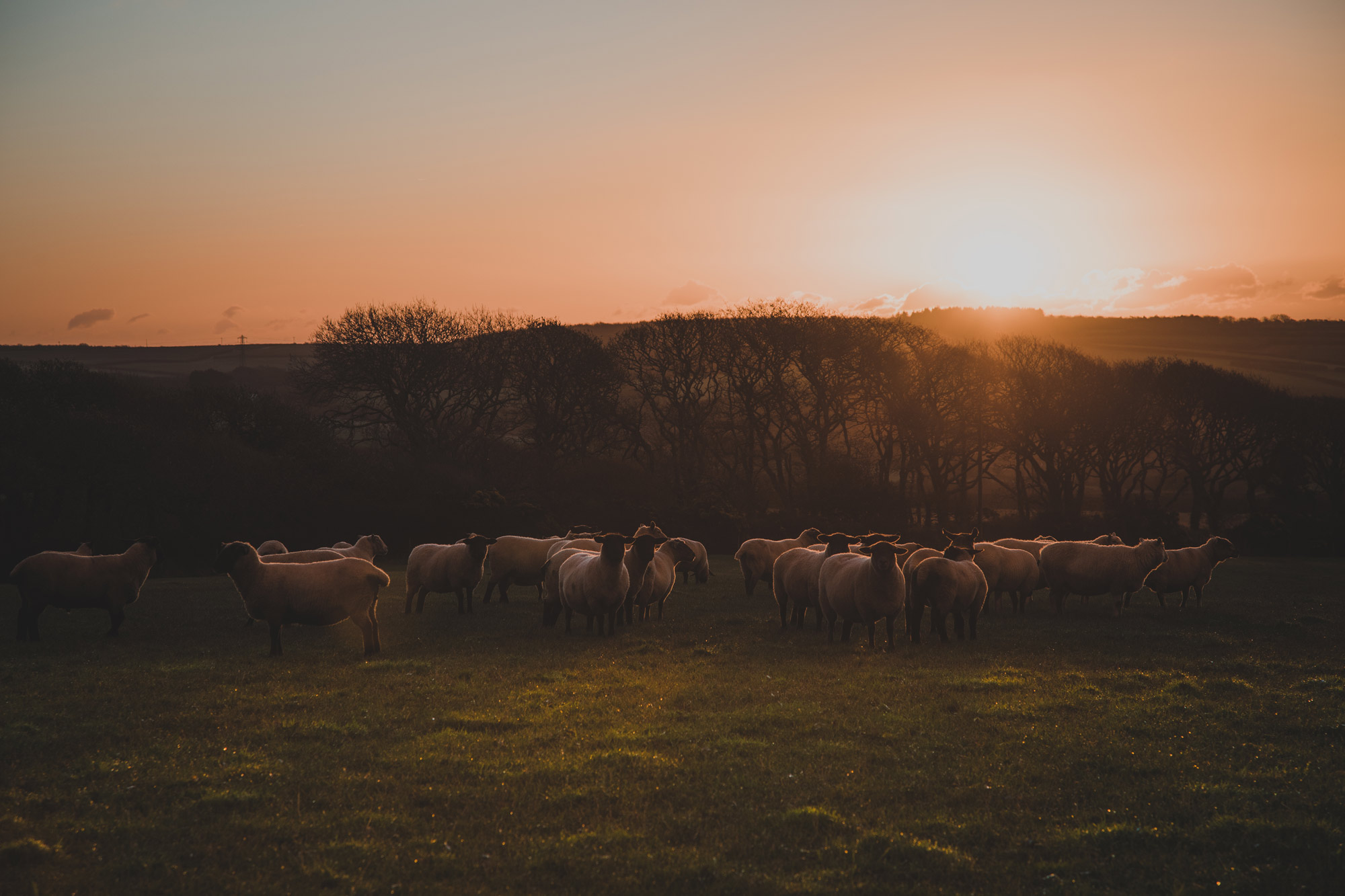
Who were the biggest influences on your development as a chef?
I joined Jamie Oliver’s Fifteen apprenticeship programme, and that’s where I really learned about sourcing produce. A few years later, I rejoined as sous chef and on Mondays, I’d be at Philip Warren butchers, learning all about butchery – I loved that part. Once I’d learnt the huge effort that goes into putting meat on a table, it gave me a whole new perspective on produce.
I also spent five years with Paul Ainsworth at his Michelin-starred restaurant, No.6. It was an incredible experience, and I learned so much about precision, creativity and the care that goes into every detail of produce. Working with ingredients of that quality really shaped the way I think about food today. But what stood out for me most was realising how much I also enjoy the simple approach and using little touches but, still elevating the final produce and dish hugely. That’s why wood-fired cookery clicked with me. You can let amazing produce shine, while the fire adds it own character, almost like another ingredient.
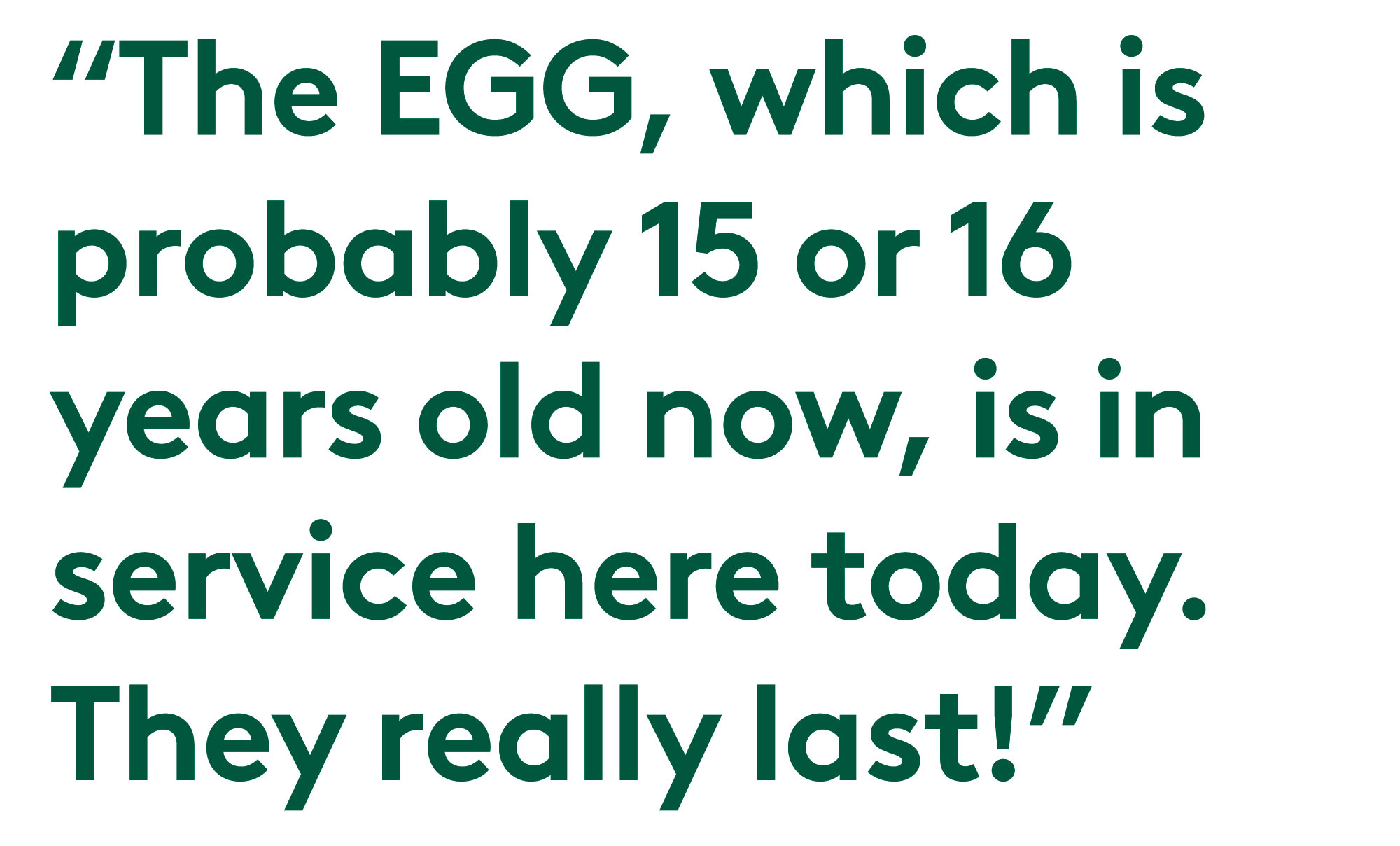
You’ve been at Nancarrow Farm for a decade now. What’s the setup there?
It’s a ninth-generation farm and has been organic for 25 years. The farm has diversified over the last 10 years, making the farm sustainable. The old barns were gradually converted into restaurant and event spaces, and now everything we cook with comes from the farm!
We have a very strong connection with the Wildlife Trust and our cattle graze their nature reserve from a young age before coming back to the farm to fatten. Where every bit of land once had to be used for livestock, we now have more space to grow our acres of orchards and gardens. We keep chickens and are self-sufficient on eggs, and we have livestock, fruit trees, vegetable gardens, a greenhouse, polytunnels and even honey from our bee hives. For a chef, it’s an absolute dream.
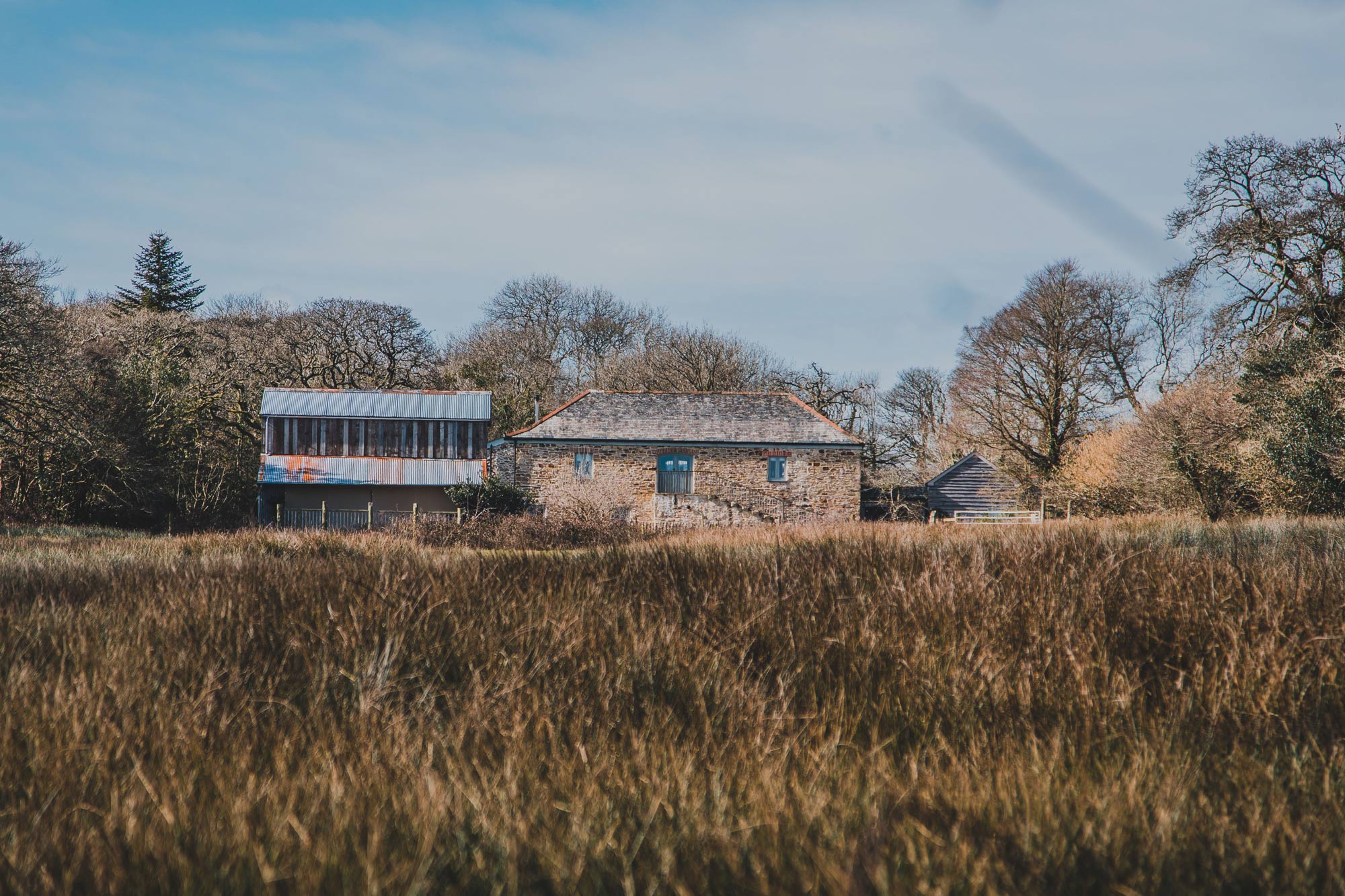
You’ve built your own courtyard kitchen at Nancarrow. Tell us about that.
It’s a fully wood-fired kitchen, with a big oven, a grill, a rotisserie, and the Big Green Eggs as well. There’s a counter at the front, but most of it is open so people can see exactly what’s going on. That’s really part of the ethos here at the Farm. Guests can walk through the gardens, see the livestock, even visit the butchery, and then they’re drawn in by that delicious smell of wood smoke coming from the kitchen. For us, it’s not just about taste; we want people to feel a part of our kitchen. Eating should be a whole multisensory experience, and the kitchen is right at the heart of that.
As a team of chefs, how involved are you with the farming side?
As involved as we can be. We take a real interest in rearing the animals on the farm, we look at their size and shape, analysing them as a team, and planning for the future. We also get stuck into planning the gardens. Every morning, our chefs are out harvesting salad leaves, herbs, delicate fruits, and finishing touches – all the produce you want to pick at the best last moment before they go on to the plate. The truth is, job roles here can extend. When we’ve got big gluts in the field garden, crates of beetroot or greens, everyone on the farm is more than happy to muck in. It’s a huge joint effort, and that’s what makes it so special.
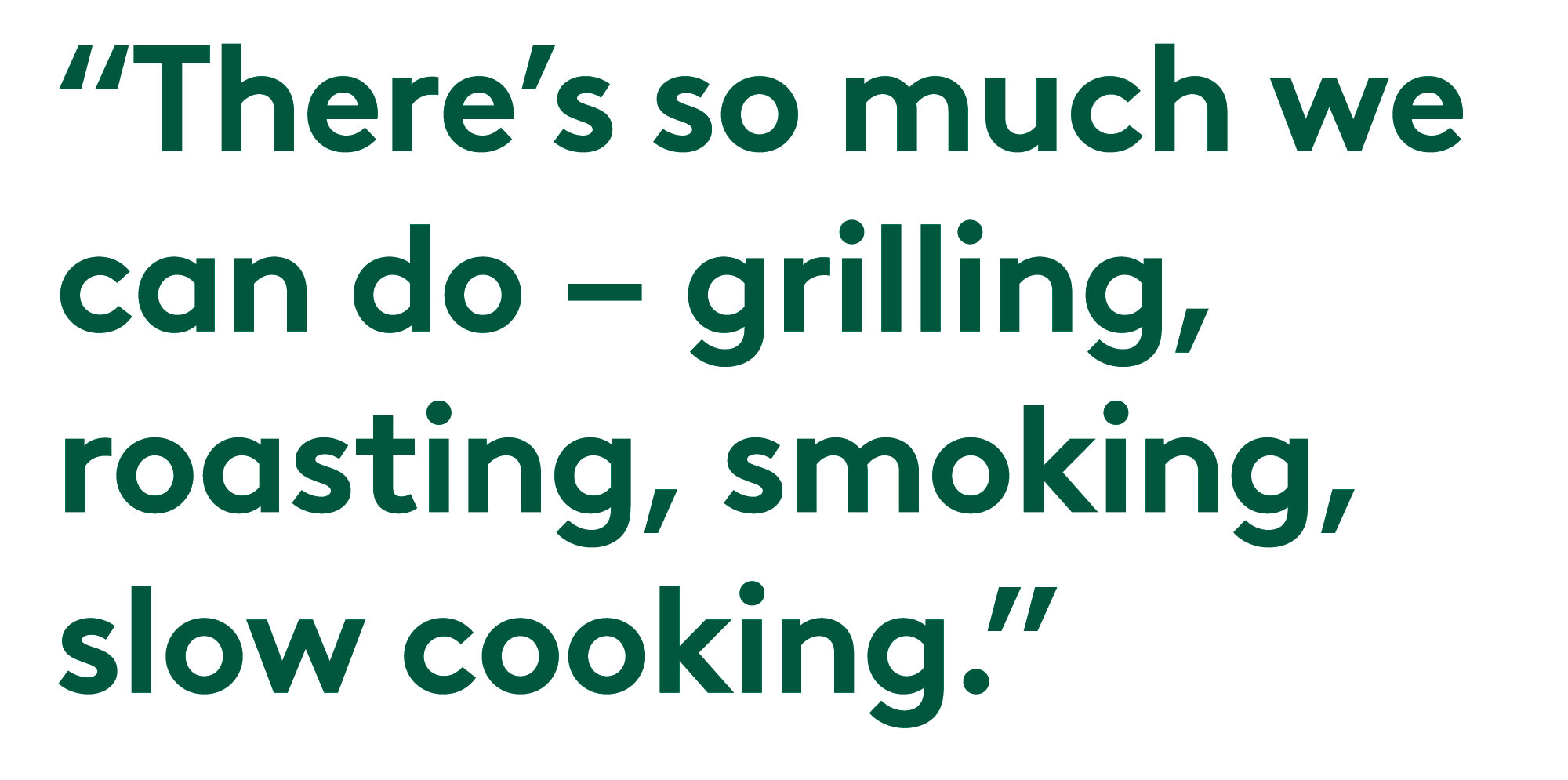
Does that make you even more determined to minimise waste and find a good use for everything?
Yes, definitely. We work with the whole animal. We don’t have the luxury of just picking up the phone and ordering 50 ribeye steaks. When a bullock comes to our onsite butchery, we’ve got everything to work with, including the bones, tail, neck and even tendons. It’s about putting the effort in, cooking in a way that’s full of flavour and creativity but still feels approachable for people who are more used to prime cuts of meat.
The same goes for our gardens. Whatever’s left over gets pickled or preserved, so nothing goes to waste. That’s really how our menus are built and why they change every day, as they are shaped by what’s available on the Farm.
You even produce your own charcoal. Why?
If you order a ribeye from us, we can tell you about the bullock it came from, whose calf it was, when it was born, and probably even a funny story about its life. We can tell you when it was butchered and how long we’ve aged it. So, for us to then turn a blind eye to the fuel wouldn’t make sense. That’s why we started making our own charcoal. Some comes from fallen trees on the farm, and the rest we source through The Wildlife Trust. We buy their wood when they're thinning woodland for habitat management, such as chestnut from areas where they found dormice and needed to improve the habitat, or silver birch cleared to help support butterflies.
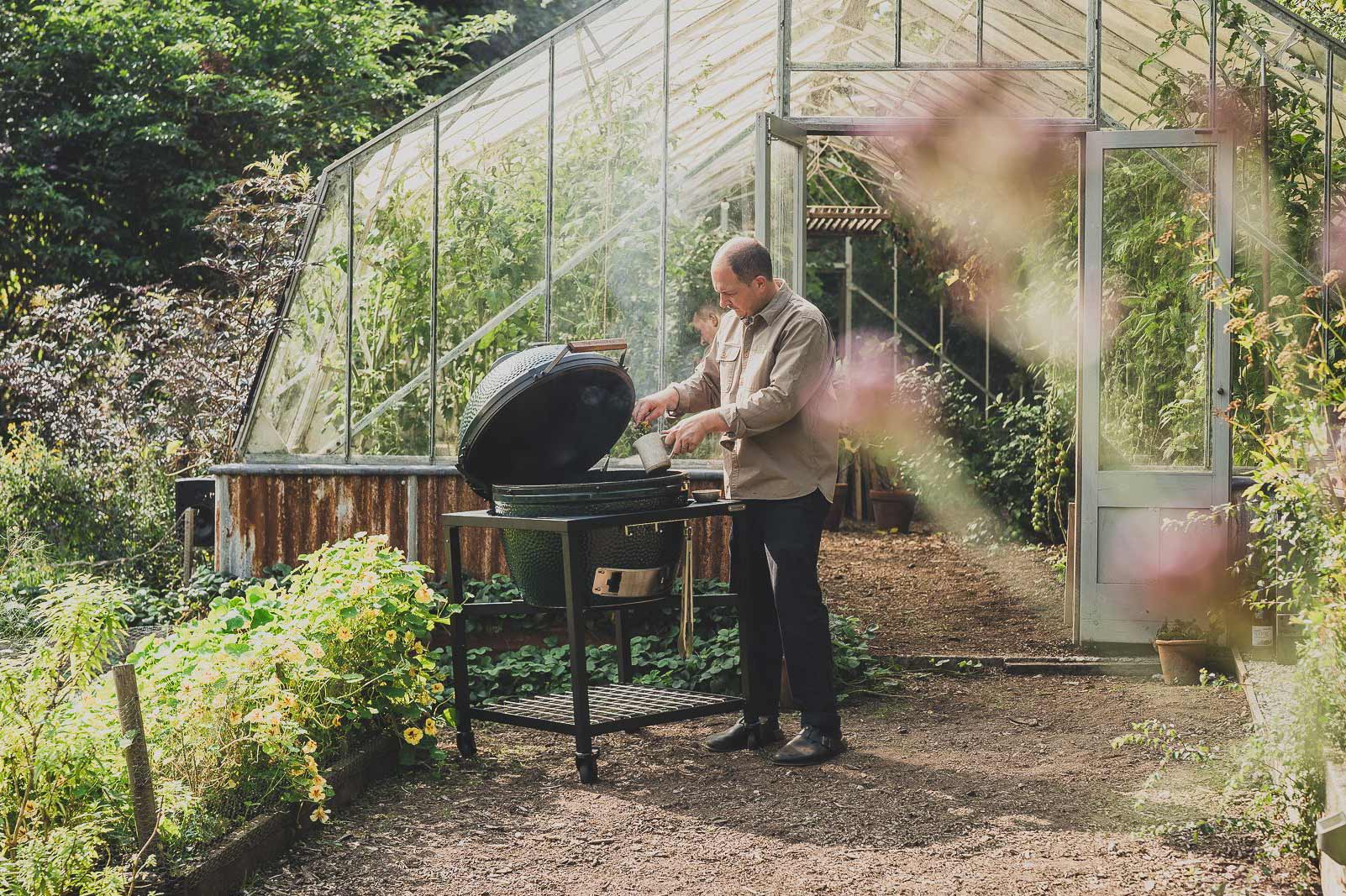
When did you first come across the Big Green Egg and why did it appeal to you so much?
I first came across a Big Green Egg when I was working with Paul Ainsworth; we had one in the kitchen. I also had one at home, an XL. Actually, that EGG, which is probably 15 or 16 years old now, is in service here today. They really last! It’s had a few replacement parts, but it’s as good as new. What I love is that it’s not a one-trick tool; there's so much we can do - grilling, roasting, smoking, slow-cooking. One of the other biggest things for us is that they're so efficient. We put a lot of effort into making our fuel, and in an EGG, each fuel load lasts for ages. At the end of a shift, we can shut it up, it seals airtight, puts itself out, and the next day we can relight it without wasting any charcoal.
Are EGGs a good fit with a busy professional kitchen?
They’re great in a busy kitchen! A lot of chefs who come to work here don’t have years and years of experience with open-fire cooking, and the EGG is very easy for them to train on. It’s so consistent. We can set them up, get them to the right temperature very quickly, and then keep them there. We might smoke featherblades and briskets for 15, 16 hours, and we only have to check on them every 5 or 6 hours. If a lot of fat renders out, it’s not going to flare up because there’s not enough air. If you notice that the temperature has dropped a little bit, you can very easily bring it back up. For us, they’re pretty bulletproof. You can almost be a little bit careless with them because they’re so forgiving!
